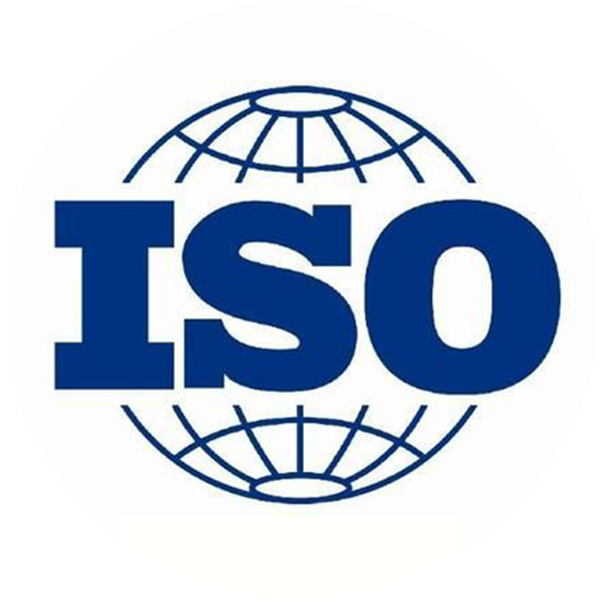NEWS
Composition and Types:
Composition: Bronze is primarily an alloy of copper (Cu) and tin (Sn). The typical ratio is about 88% copper and 12% tin, though other elements like aluminum, manganese, nickel, or zinc can be added to produce different types of bronze with varying properties.
Types of Bronze:
Phosphor Bronze: Contains a small amount of phosphorus (up to 1%), which improves wear resistance and stiffness.
Aluminum Bronze: Contains aluminum, which enhances strength, corrosion resistance, and machinability.
Silicon Bronze: Contains silicon, which improves fluidity and makes it ideal for casting.
Manganese Bronze: Contains manganese, which enhances strength and resistance to wear.
Properties:
Corrosion Resistance: Bronze is highly resistant to corrosion, particularly from seawater, making it suitable for marine applications.
Strength and Durability: Bronze has good strength and durability, which can be further enhanced by alloying with other elements.
Wear Resistance: It has excellent wear resistance, which is why it's used in applications with heavy friction.
Thermal and Electrical Conductivity: While not as conductive as pure copper, bronze still maintains good thermal and electrical conductivity.
Aesthetic Appeal: Bronze has a distinctive golden-brown color and develops a patina over time, which is valued in artistic and decorative applications.
Applications:
Marine Hardware: Due to its corrosion resistance, bronze is used for ship fittings, underwater fastenings, and marine propellers.
Architectural Elements: Bronze is used for doors, windows, and railings due to its aesthetic appeal and durability.
Sculpture and Art: Bronze has been used for thousands of years to create statues, busts, and other artistic pieces due to its workability and lasting beauty.
Mechanical Applications: Bronze bearings, bushings, and gears are common in machinery due to their low friction and wear resistance.
Musical Instruments: Bells, cymbals, and various string instruments use bronze for its resonant qualities.
Coinage: Some coins are made from bronze or bronze alloys because of their durability and resistance to corrosion.
Fabrication and Machining:
Casting: Bronze has excellent fluidity when molten, making it ideal for casting intricate shapes and detailed sculptures.
Machining: Bronze can be machined, but it requires tools designed to handle its toughness and wear resistance.
Welding and Joining: Bronze can be welded, brazed, and soldered using appropriate techniques to create strong joints.
Advantages and Challenges:
Advantages:
Excellent corrosion and wear resistance
High strength and durability
Good thermal and electrical conductivity
Aesthetic appeal and patina development
Challenges:
Higher cost compared to some other metals
Heavier than materials like aluminum
Requires specific tools and techniques for machining and welding
Bronze remains a versatile and valuable material in various industries due to its unique combination of properties, historical significance, and aesthetic appeal.
LOGO
This stunning beach house property is a true oasis, nestled in a serene coastal community with direct access to the beach.
Opening Hours
Monday - Friday : 9AM to 5PM
Sunday: Closed
Closed during holidays
Contact
+18888888888
hezuo@eyingbao.com123 West Street, Melbourne Victoria 3000 Australia
2018
Establishment time
200+
Number of Employees
3+
Subsidiaries
3,000 tons
Monthly Capacity
4+
Production Lines

Assurance
*We respect your confidentiality and all information are protected. Maybe the time difference, We will respond to your inquiry message within 12 hours at the latest.

